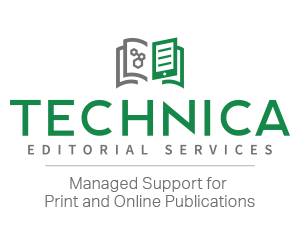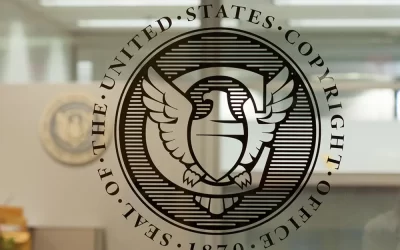In the world of publication, conflicts of interest are taken very seriously. Yet, it is also easy for an author or reviewer to miss conflicts of interest if they are not fully aware of what a conflict of interest is.
So, what is a conflict of interest? A conflict of interest is any financial or non-financial relationship that a person has or might have with an author, institution, organization, company, or others that may influence the objectivity of the subject manner at hand.
To break it down further, here is a short list of examples of conflicts of interest from the viewpoint of a reviewer:
• Having worked together with an author on a project or paper within the past 3-8 years.
• Having worked at the same institution/lab as an author while they were there. (This includes working as a consultant or advisor for the institution or lab.)
• Working for or receiving funding from the same sources as the authors.
• If you would benefit financially from the work being published. (This goes for the authors, too.)
• If you have a personal relationship with an author (family, partner, professional associates, etc.) and/or if such a relationship is affiliated with the institution or lab.
• If the work of the authors would be in direct competition with your work.
• In general, anything that would bias your review.
You may be reading the above list and thinking, “What’s the big deal?” Ethically, an undisclosed conflict of interest could call into question the motive(s) behind a person’s publication or review. If a person did not state the conflict of interest upfront, is he or she hiding it? What else might he or she be hiding? Particularly in the case of scientific work, an undisclosed conflict of interest could call into question the integrity of the work at hand and even discredit that work.
One of the main problems with conflicts of interest occurs when a conflict goes undisclosed and a reader comes along later and points it out. This could compromise the ethical integrity of the journal or publication in question as well as the authors of the paper. Another problem is when a reviewer does not inform the editor about a conflict of interest with an author. If the reviewer is biased, this could unfairly skew the review process and may lead the editor to make an incorrect decision based on subjective review comments. Finally, as an author or reviewer, you may face steep consequences. You could be banned from publishing with or reviewing for a journal or publisher. In more severe cases, your institution could even be notified.
What should you do? As an author or reviewer, before submitting work to a journal or publisher, it is important that you find and read the conflict of interest policy very closely as policies vary among journals and publications. If you are an author with a clear conflict of interest, make sure to state it somewhere in the manuscript that you are submitting. (The publisher should have guidelines to explain where this information should go.) If you are a reviewer and you have a clear conflict of interest or don’t feel confident that you can review in an unbiased manner, decline the review invitation. You may explain why you are declining to the editor.
Finally, when in doubt, disclose. If you aren’t sure, or if it may appear as though you might have a conflict of interest, tell the editor and let them decide.
For additional resources and information, see the sources below:
http://www.wame.org/about/conflict-of-interest-in-peer-reviewed-medical#[1]
http://www.wame.org/about/wame-editorial-on-coi
Committee on Publication Ethics (COPE) http://publicationethics.org/




